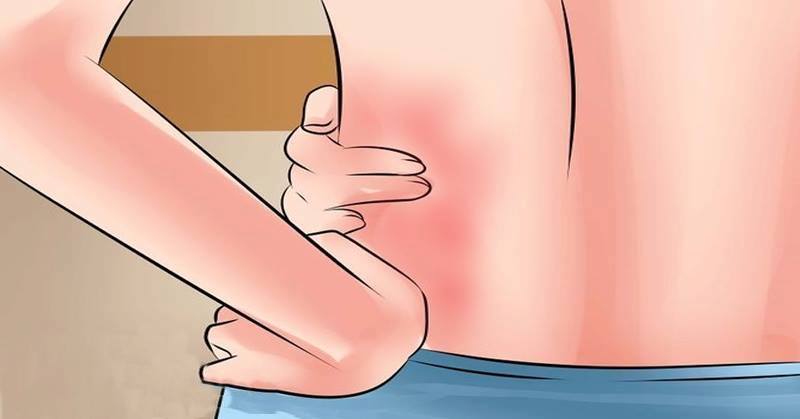Many individuals assume that joint discomfort is a natural part of getting older.
However, there are several occasions where people suffer from excruciating agony as a result of vitamin insufficiency. This is why you must be physically active and fight to relieve your pain rather than accept it.
Vitamin deficiency is a prevalent problem these days, and it is strongly linked to joint discomfort.
This article will explain how to treat it as well as how to deal with any associated symptoms.
In most cases, joint pain is caused by ageing, but it can also be caused by acidity, food, weight, or job position. A new study discovered that joint discomfort is frequently caused by a lack of vitamin D.
Furthermore, if this problem is not resolved quickly, the discomfort worsens and may lead to bone problems and arthritis.
As a result, it is critical to understand the signs of vitamin D deficiency in the body:
- Improper balance
- Poor sleep
- Burning and itching sensation in the feet
- Pain present in the feet and legs
You can also perform a simple test to determine if you are lacking in this vitamin. You must push the chest bone to identify the pressure levels that cause pain. If pressing causes pain nearly immediately, you should absolutely boost your vitamin D intake.
To begin, you should expose yourself to the sun for at least 10-15 minutes per day to increase your vitamin D levels. Being exposed to direct sunlight may be an issue during the winter or if you live in a colder place where the sun is scarce.
As a result, you should be aware that it can also be obtained through meals such as egg yolks, tuna, mushrooms, and mackerel.
You can also choose to supplement, which eliminates the need to alter your typical diet. However, it is advisable to look for a supplement that contains vitamin D3, not D2. D3 is naturally created by the body in response to sunshine exposure.
These supplements may contain up to 5.000 IU of this vitamin, as well as probiotics, which are beneficial to the digestive system.

